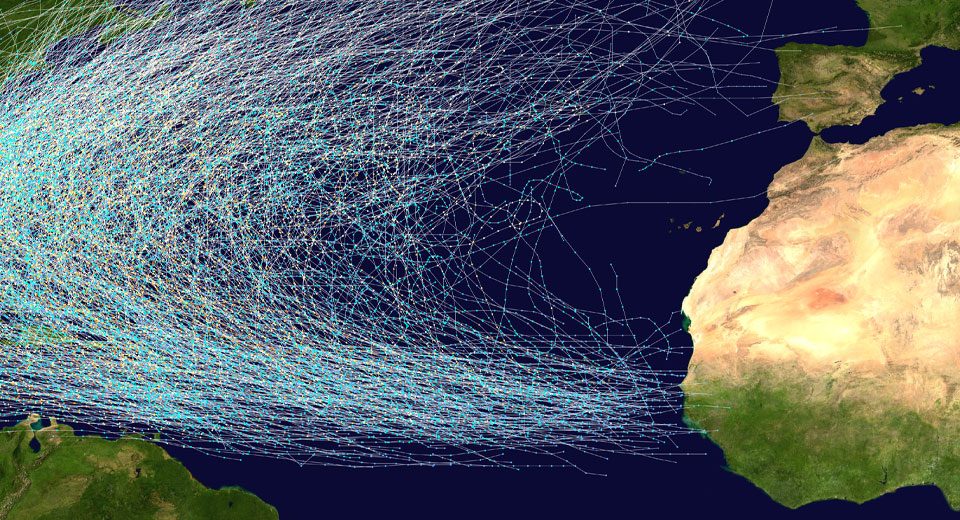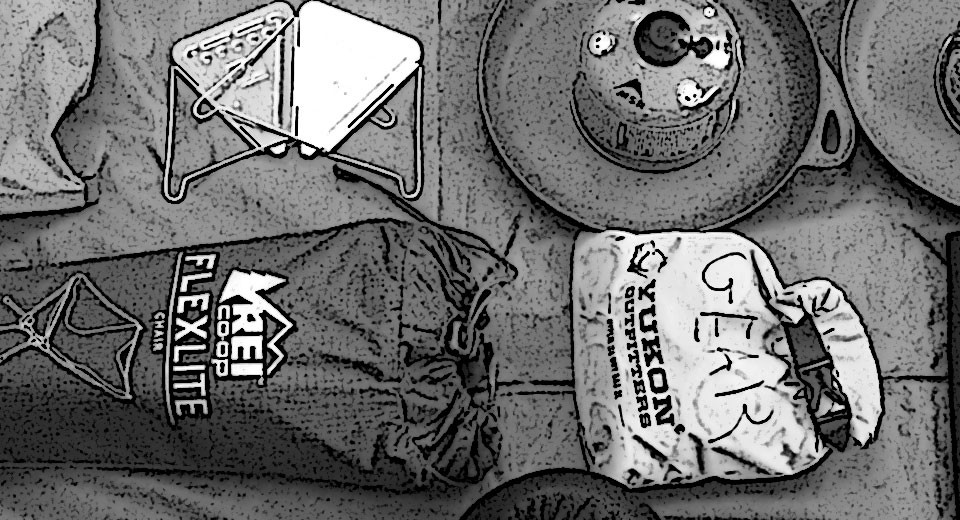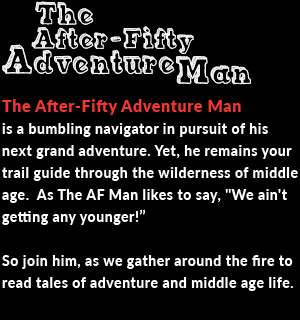A Tale of Dying Citrus Trees
It’s Sunday morning. I am standing at the sink, filling the kettle, thoughts of coffee filtering into my mind. I peer out the kitchen window, through the morning mist, and see a flock of wild turkeys moving slowly across the lawn and up the drive, pecking occasionally at bugs or worms or whatever wild turkeys find appealing on the surface of the ground. I count seventeen of these plump and seemingly confident birds. Then, to my immense delight, I spy four more – old Toms strutting their stuff off near a row of blueberry bushes, aloof from the pack, their beards so long they almost touch the ground.
If you know me, you may have guessed I am not at my urban-St. Augustine homestead this misty morning. Instead, I am approximately one-hundred-fifty miles away, in the hamlet-sized community of Odessa, on the west coast of Florida.
Odessa is a tiny slice of rural land located on the far northern perimeter of Tampa. It is sandwiched between the sort of urban blight that deadens the senses: Large swaths of bland structures and retail outlets surrounded by acres of asphalt and concrete loom nearby. This suburban-scape could be Anywhere, USA. The lack of thought and heart in it all leaves a queasy feeling in the pit of my stomach, along with the lingering idea that a six-year-old could have come up with a better plan.
But let me get back to Odessa. This not-yet-overdeveloped community is dissected down its verdant green body by Boy Scout Road, named for the active Boy Scout camp, Camp Brorein, located near its mid-point, and down an oak-lined sandy drive. Boy Scout Road seems to act as a demarcation between the still-rural part of Odessa and the middle-income tract-home developments – places with innocuous names like Whispering Woods and Lake Grove Estates –that have encroached. Beyond these middle-income developments there are more affluent developments, and beyond them, small five- or ten-acre horse farms with large copper-trimmed McMansions, that showcase sleek black or gleaming white Land Rovers on their manicured, circular drives.
I instantly take a liking to the road’s name. Arrayed along it, I imagine a hundred brave boy scouts, pocket knives drawn, blades glinting in the golden afternoon light. They form a Maginot Line of pre-pubescent warriors, assembled to block an army of angry, diesel-chugging bulldozers. A tense standoff takes place. But, ultimately, the young boys in their olive-green uniforms are victorious. Maybe the power of their youth prevails, or perhaps their innocent purity touches a soft spot in the black heart of the evil real estate king. We can’t be sure, but, for the moment, his plans to pave over this small corner of paradise have been scuttled, and the bulldozers retreat.
In reality, the pressure to chop Odessa’s green fields into more housing developments and shopping centers shimmers over the hamlet like a dark mirage – and it will take more than a battalion of boy scouts to thwart the developers’ aim. For the moment, however, Odessa is the line in the sand where the urban blight of North Tampa has come to an at-least-temporary end. It is, as far as I can tell, the last refuge for green, for small farms and open fields, and, in the case of my particular destination, for acre upon acre of citrus trees. Approximately three hundred acres, to be precise. Sadly, however, on these three hundred acres, to which I’ve journeyed from across the state, thousands of trees are dying.
These dying citrus trees are the very reason I have come to Odessa this weekend. You see, I am on a mission. In that, I am much like the Blues Brothers, Jake and Elwood: “Well, yeah,” Jake proclaims, in The Blues Brothers movie, “me and the Lord have an understanding.” To which, Elwood, in his stoic baritone, clarifies, “We are on a mission from God”.
That’s me. I am currently on a mission from God.
This mission has grown in me slowly, like a seed germinating in the cool, dark ground, which then reaches upwards through the soil to find light. It was first planted in my mind in the summer of 2013, when I stumbled on a New York Times article titled, “Citrus Disease With No Cure Is Ravaging Florida Groves.” That article, and many others published since, spells out in brutal terms that, unless a miracle cure is found, and soon, the Florida citrus industry is destined to collapse. For me, the idea that Florida would no longer be home to mile after mile of orange, tangerine, and grapefruit trees is a sadness too great to bear.
You see, some of my fondest childhood memories involve climbing an orange tree so I could reach the sweetness of its fruit. Once situated within the confines of the tree’s branches peeling my round prize, I found, in addition, a private sanctuary amongst the canopy of its green leaves, brown limbs, and sometimes thorny branches. It was, in fact, a citrus tree that I witnessed my first-and-maybe-only act of heroism (until now), when I rescued a baby robin, which had fallen from its nest in the neighbor’s tangerine tree.
And when I was ten years of age, my mother, father, and I climbed atop the Citrus Tower near Clermont, Florida (the most popular Central Florida tourist attraction in those days), to view an endless sea of orange groves. We had travelled there on one of our famous Sunday afternoon drives to languish in the sultry perfume of millions of fecund blossoms and play tourist. Our drive to Clermont followed Highway 19 and the Central Florida Ridge, moving through towns like Palatka, Crescent City, Altoona, Eustis, and Tavares. Today, these are still small, mostly rural encampments, that exhibit signs of a way of life which once thrived in Florida. They stand in their own way as relics of the Florida of my youth.
On that clear day, however, I stood hand in hand with my parents on the tower’s observation deck, two hundred dizzying feet above the ground, and gazed in awe at an endless sea of orange trees laden with their bounty of blazing fruit. I felt safe and secure, snugged tightly between my mother and father as I breathed deeply of the orange blossom perfume.
As I look back over the span of the last fifty years, I hold to this memory with reverence, for it marked a pivotal moment in my young life. That year, 1966, was ripe with the changes that were sweeping across Florida – and, yes, all of America. Even I, a young boy of ten, could feel that the era of relative simplicity and naiveté I had been raised in would not last.
My home town of Jacksonville was growing: People and businesses were shouldering into pastures where cows had recently grazed. The first section of Interstate 95 had opened just a few years before, near downtown – “the Super Highway,” my dad called it, and it was going to stretch all the way to Miami, cutting a jagged scar down the beautiful body of Florida. Rockets blasting off at Cape Canaveral were sending satellites into space, and some carried men inside them to orbit the earth. There was even talk of spaceships going to the moon before 1970.
And then, Dr. Martin Luther King Jr. came to St. Augustine, the town where my grandparents lived. Other black men joined him, and the talk everywhere turned to race and freedom and justice. My grandfather reported that black men and women were now asking to be served at the heretofore tacitly segregated lunch counter in Woolworths, where I often went with my grandmother, after she completed her shopping, to enjoy cherry Cokes and slaw dogs. People were scared. The evening news was full of buildings burning in Atlanta. Walter Cronkite reported on the troubles there, and men my father knew bought guns in case the race riots came to Jacksonville.
So, as I gazed across the miles of rolling citrus groves that Sunday afternoon, I was taking a long last look at the Florida of my youth, the way of life that had formed me. The world was changing fast – and the Florida I knew and loved was being swept along with the tide. Somehow, as young as I was, I could feel that the simple times we enjoyed, like a Sunday drive that brought us to a place where we could stand together, wrapped in the golden light of the warm Florida sun, and dream above a fragrant sea of orange groves, was coming to an end.
It was almost fifty years later that I saw The New York Times article. By then, I had almost forgotten about that golden moment atop the Citrus Tower. But reading about the greening disease’s threat to Florida’s citrus trees struck a chord that revived that memory. My head awash in both boyhood unease and my deep, adult concern for the Florida I have always treasured, I decided, then and there, I would try to make a difference: “The orange trees cannot die,” I told myself. “If a cure for the dreaded greening disease can be found, I will find it.”
It is that declaration that has brought me to Odessa this weekend. But before this weekend, since the summer of 2014, I have spent many weekends traipsing through hundreds, possibly thousands, of acres of diseased and dying citrus trees, shovel in one hand and a white five-gallon bucket of experimental formula in the other.
When I first declared my mission two-and-a-half years ago, it was my lifelong friend Scott, aka “Cappy,” (short for El Capitan, as he was known during the eighties, when he ran long-line fishing boats out of St. Augustine), who helped me secure my first (albeit, hesitant) access to the trees I hoped to save, connecting me with his friend Ned. Ned owns and manages thousands of acres of citrus trees, mostly Valencia oranges, near Sebring and Avon Park, Florida, about an hour-and-a-half southwest of Orlando. Ned is a busy man, with a heap of dying citrus trees on his hands – and, I imagine, a downward-spiraling financial disaster in the making. But thanks to Scott (and maybe the hand of God), I obtained access to more dying oranges trees than I could count.
After a year of dosing some of those trees with my experimental formulas, however, my failure to find a cure, or even make progress on the dozen or so trees I had treated, created tension between Ned and me. Ned was never easy to contact, and, to tell the truth, said little when we did communicate. Eventually, he simply began ignoring my phone calls.
It seems Ned gave up what little faith he’d had in me. That loss of faith hurt. I have rarely felt so demoralized. Had he given me more time, I felt I could have made a difference to Ned’s trees, to the entire industry that defined the Florida I had grown up in, and to the thousands of families who counted on the groves for their livelihoods – groves which were disappearing before my eyes.
There was something else, too.
When my dad was still alive, one of my great joys was to hear him tell stories from his life. Whether he was hunting to put food on the table for his family during the Great Depression or fighting Nazis during World War II, my dad, and others of his generation, knew they were playing a part in the grand scheme of things. Their actions rang with authenticity and purpose, with a connectedness I struggle to find – but which I discovered in the groves.
Lugging my bucket of experimental solutions through row after row of Ned’s Valencia trees, I practiced healing rites. The small trenches I dug at the base of each trunk were chalices formed of earth, each of which received the clear liquid of my experimental sacraments. I was not a scientist, not a botanist nor a biologist in Ned’s groves. I was a priest, ministering to a congregation of dying trees. There, for the first time in decades, I felt connected, like I had found my place – and purpose – in the world.
But while I was angry with Ned for blowing me off, deep inside, I understood. To him, I was just some yo-yo who knows very little about botany or biology. And, as far as the greening disease goes, well, I have read up on the subject and understand about as much as anyone who has studied that New York Times article and perused the published University of Florida agriculture date – and that’s it. But the great thing about being on a mission from God is that my lack of knowledge doesn’t shake my inherent belief that I will succeed.
As if to support that belief, out of the blue, The Man Upstairs recently threw me a bone.
Drew and Amy live just a few short blocks from our house. In fact, Amy’s mother and mine play bridge together. It was when my wife, Elisabeth, and I were dining at their home, recently, enjoying their great talent for Indian cuisine, that, between bites of spicy chicken curry, I caught the aforementioned divine bone: In the course of casual conversation, Drew mentioned that his family has a citrus grove near Tampa. Not just a citrus grove, but, as he went on to say, “three hundred acres of citrus and lots of sick trees – in a place called Odessa.”
Without delay, I told Drew of my fascination with the greening disease and the theories that had led me to make yet another batch of solutions – and that I would like to test these on his family’s affected trees, if he thought his family would allow me to. Sheepishly, I even let Drew know that the last guy I worked with pretty much gave me the boot from his grove because, well, he thought I was a nut.
At that, Drew smiled a great big I-love-a-crazy-ass-project-like-this kind of smile and said, in the most earnest and sympathetic of voices, “No worries Hugh. I’ll put you in touch with my nephew Adam, who manages the grove.”
And just like that, me and the Lord are back in business.














Leave a reply